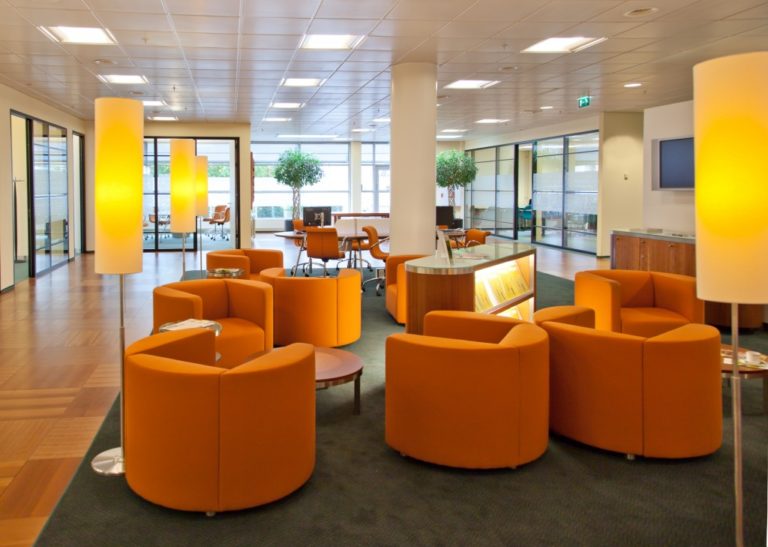Singapore has one of the world’s most expensive commercial space rates. It will cost you an average of US$68 per square foot to rent an office space. When you notice that the average office size ranges from 100 to 300 square feet, then you will begin to understand how the rental costs can add up. But it is a small price to pay for the privilege of running a business in one of the best financial centres of Asia-Pacific.
It would be sad to have a commercial space in a strategic business location and yet still fail to make a good first impression on customers. You need to hire an expert on commercial interior design. The island city-state Singapore has its fair share of these experts. But you also need to familiarise yourself with the basic concepts of interior design. That helps you keep up with what your hired designer tells you about decorating and maximising your office space.
Here are the principles of interior design you should know:
1. Rhythm
Rhythm refers to the repetition of patterns across your commercial space. It creates a feeling of movement throughout your area by adding visual interest. It is what makes your eyes seamlessly move from one section to another.
To create rhythm, your decorator will use design patterns, textures, colours and lines multiple times in different sections of your commercial space. The feeling of movement can also be achieved when a designer incorporates similar items that increase or decrease in size to show progression. The use of contrast to make objects in the room stand out can also help in creating rhythm.
2. Balance

Balance refers to the creation of a feeling of equality between objects in a room. It redistributes the visual weight within your office so that one part does not feel overly decorated compared to the other.
Symmetrical balance is where you have similar objects and patterns that mirror each other when space is split in the middle. If not used in moderation, it can create a feeling of boredom. Asymmetrical balance is the equalisation of visual weight in a room by using different elements like lines, forms and textures but without creating mirror images.
You can achieve radial balance when there is one central element in a space that is surrounded by other elements that radiate outwards from the centre. For example, if you have a large atrium in your commercial space, it acts as a major attraction. But if you don’t balance it out with other objects like potted plants or exquisite furniture, it will look empty.
3. Harmony
Harmony refers to the process of tying up every element in your space to achieve a unified look. When you see a harmoniously decorated room, it looks restful. It should not feel as if someone with a double-personality decorated it.
You can create harmony by making one element consistent throughout the space. For example, you can choose to paint your walls a similar colour but vary the lines, shapes, forms and other objects you include in the entire space.
4. Proportion and Scale
Everything in your commercial space must feel as if it belongs in the room. The elements you put in your office should not create the impression that they are too big, too small or out of place for that space. The objects you use to decorate should relate well with each other. For example, putting miniature chairs next to a big table doesn’t make sense. Such chairs belong to small tables meant for school-age children.
By learning the basic concepts of interior design, you can understand why your commercial space is being decorated in a certain way. But it always helps to have a good commercial interior designer. Such an expert is in the best position to determine what works best for your office.

